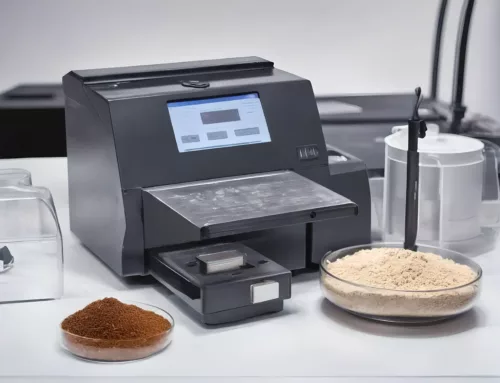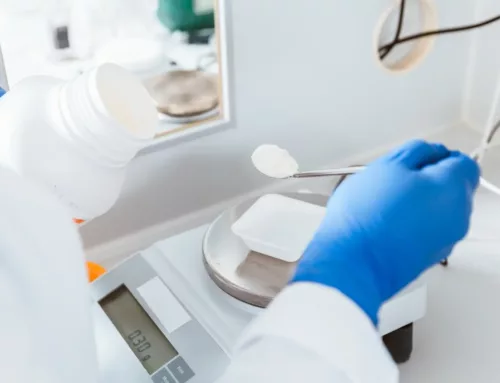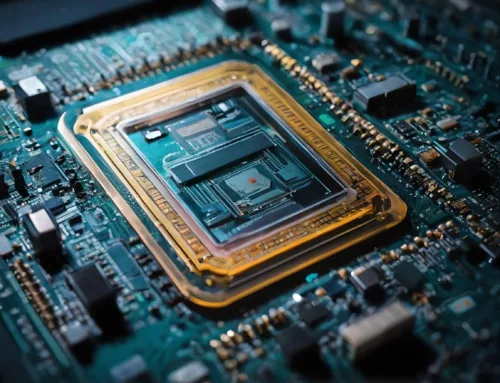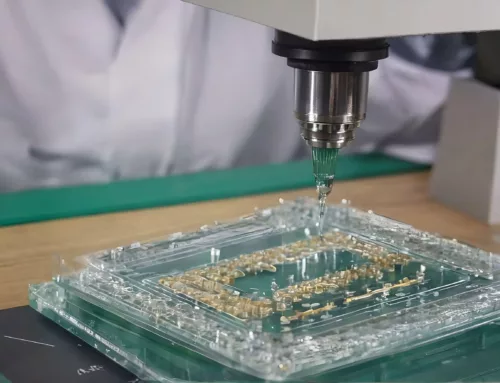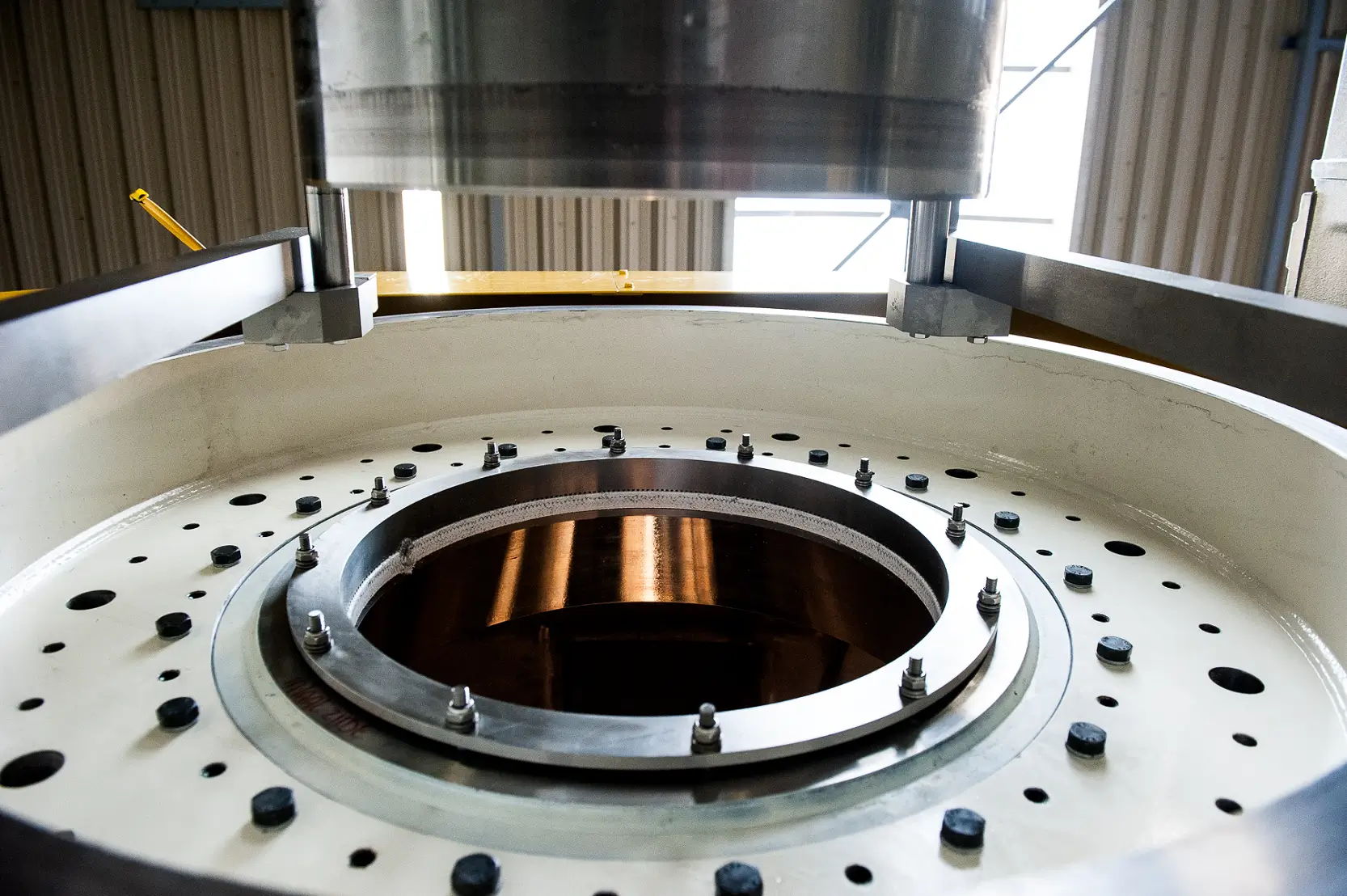
In various industries, the proper mixing and characterization of powders hold immense importance. From pharmaceuticals to food processing and additive manufacturing, achieving homogeneous and consistent powder mixtures is crucial for product quality and process efficiency. However, traditional powder mixing methods often face challenges such as poor blending, ingredient segregation, and inconsistent particle distribution.
Powder mixing is a unit operation that is essential to many industries, therefore the goal of powder mixing is to achieve a uniform distribution of the ingredients in a powder blend. This is important for ensuring that the final product has the desired properties, such as color, texture, size, and performance. With continuous research and development, there are a number of different powder mixing techniques available, each with its own advantages and disadvantages. Some of the most common powder mixing techniques include tumbling, paddle, and high-shear mixers. Tumbling mixers consist of a rotating drum or cylinder that contains the powder blend. The powder is tumbled and mixed by the rotating motion of the drum. Paddle mixers consist of paddles attached to a rotating shaft. The paddles mix the powder by stirring it and high-shear mixers use high-speed rotating blades to mix the powders. High-shear mixers are often used for mixing powders that are difficult to blend, such as sticky or cohesive powders.
Traditional Mixers and limitations
As mentioned, traditional powder mixing methods often present several challenges and limitations. One significant challenge is incomplete and inefficient mixing, which can result in uneven blends, particularly when dealing with large batches of bulk powders. This can lead to particle segregation, where particles of different sizes or types within the blend separate from one another, further exacerbating the non-uniformity of the mixture.
To address these challenges, different mixing techniques have been developed to mitigate inefficient powder mixing, depending on their usage. High-shear mixing, for instance, utilizes intense mechanical forces to promote better homogeneity, ensuring that all particles are evenly distributed throughout the blend. Fluidized bed mixing is another method that involves suspending particles in an upward-flowing air stream, allowing for efficient mixing and preventing segregation. Tumble blending, which employs a rotating drum, promotes the complete mixing of powders and reduces the likelihood of uneven blends. The consequences of incomplete mixing, uneven blends, and particle segregation can be significant and pose considerable challenges concerning product processing, particularly in industries such as pharmaceuticals, food processing, or chemical manufacturing. Incomplete mixing can lead to inconsistent product quality and performance, resulting in variations in taste, texture, or efficacy. Particle segregation can cause variations in the concentration of active ingredients, leading to inadequate dosages or inconsistent product performance. These issues can have detrimental effects on consumer satisfaction, product reliability, and regulatory compliance.
In addition to uneven blends, powder agglomeration poses another challenge. Agglomeration occurs when powder particles start to stick together, resulting in larger particles or clumps within the blend. This makes it difficult to achieve a uniform distribution of ingredients. To mitigate powder agglomeration, specialized equipment such as de-agglomerators or sieving machines can be employed. The use of anti-caking agents can also help prevent particles from sticking together. Proper process control parameters, such as temperature and humidity, are crucial to minimize the risk of agglomeration.
Achieving a uniform distribution of ingredients in powder blends offers several benefits. It ensures consistent product quality, as all particles are evenly dispersed, reducing the likelihood of uneven dosing or inconsistent performance. A uniform blend also enhances dissolution rates, leading to faster and more efficient product action. Moreover, a homogeneous mixture improves the shelf life of powdered products and reduces the need for rework or waste, resulting in cost savings during production.
Powder Mixing Techniques
The Lindor mixer is a type of high-shear mixer that is designed to overcome some of the challenges and limitations of traditional powder mixing methods. The Lindor mixer uses a unique mixing mechanism that combines high-shear mixing with gentle tumbling. This allows the Lindor mixer to achieve a uniform distribution of the ingredients in a powder blend, even for larger batches of powder, and it is less prone to causing particle segregation and powder agglomeration, which can improve overall product quality. To further enhance its capabilities, the Lindor mixer can be equipped with inline particle size analysis, enabling real-time monitoring of the particle size distribution for precise control. Automated process control systems can also be integrated, ensuring consistent mixing parameters such as time, speed, temperature, and ingredient addition rates. Additionally, the Lindor mixer can be designed to incorporate vacuum or pressure capabilities, enabling efficient deaeration or pressure-assisted mixing for specific applications. Integration with powder conditioning systems allows simultaneous mixing and conditioning, improving the powder blend’s flowability and stability. Hygienic design features and cleaning-in-place (CIP) systems can be implemented to ensure easy and thorough cleaning between batches, minimizing cross-contamination risks. Moreover, the Lindor mixer can support process validation and generate detailed mixing reports, facilitating quality control and regulatory compliance. In addition to the Lindor mixer, there are other advanced powder mixing techniques available. Some of these techniques include high-shear granulators used to mix powders into granules, fluidized bed mixers utilizing gas or steam for efficient mixing, ribbon blenders for large batch powders, and V-blenders and double cone mixers for various powder blends. Continuous mixers are suitable for large-scale powder mixing in a continuous process.
Powder properties and behavior
During powder blending and mixing it is important to understand powder properties and behaviors. Powder characterization for example can provide valuable insights into the physical and chemical properties of powders, including flowability, particle size distribution, and moisture content. By understanding these properties and behaviors, manufacturers can design and optimize powder mixing processes, leading to improved efficiency and product quality. The characteristics of a powder can significantly influence the quality and efficiency of the final product. For instance, powders with a narrow particle size distribution result in more uniform blends, ensuring consistent performance. Factors such as flowability and bulk density also affect the ease of powder handling during the mixing process. Therefore, proper characterization of powder properties is crucial for achieving the desired product quality and process efficiency.
Particle size analysis is another important aspect of powder characterization in the mixing process. Controlling the particle size distribution of powders is essential if you want to achieve homogeneous blends. Powders with a wide particle size distribution pose challenges in obtaining uniform mixtures compared to powders with a narrower distribution. Therefore, precise particle size analysis enables manufacturers to control and optimize the mixing process for improved product uniformity and consistency. With that comes flowability and bulk density. Factors such as particle size distribution, moisture content, and other influencing factors affect flowability and bulk density. Accurate measurements and control of these properties will optimize the mixing process, ensuring efficient powder flow, and a uniform distribution throughout the blend.
As mentioned, controlling the moisture content is another influencing powder mixing factor. Hygroscopicity analysis and testing are crucial in understanding the moisture-related properties of powders. Moisture content refers to the amount of water or moisture present in a powder, while hygroscopicity measures the powder’s propensity to absorb moisture from the surrounding environment. These properties significantly impact powder flowability, stability, and shelf life. Precise analysis and control of moisture content and hygroscopicity are essential for maintaining the quality and integrity of powder blends. Finally, conducting chemical composition analysis plays a vital role in powder characterization, enabling the identification of ingredients and assessment of powder purity. Understanding the chemical composition aids in ensuring product quality and conformity. This analysis provides valuable information for quality control and regulatory compliance, which is mandated by law to meet stringent industry production standards and regulations in various industries.
Conclusion
The integration of powder mixing and characterization has gained prominence in industries such as pharmaceuticals, food processing, and additive manufacturing, offering real-time monitoring and control capabilities for optimizing the final product. By continuously monitoring powder properties through online characterization techniques, manufacturers can make real-time adjustments to achieve the desired product quality and specifications. Several case studies have demonstrated the benefits of this integration, including improved product quality, reduced costs, and increased productivity. Proper powder characterization plays a crucial role in optimizing powder mixing processes. Understanding the physical and chemical properties of powders allows manufacturers to design and implement efficient mixing strategies, providing greater control over powder processing which results in a superior end product that meets production and regulatory standards.
The advancements in powder mixing techniques, including high-shear mixing, fluidized bed mixing, and tumble blending, have successfully addressed the limitations of traditional methods. These innovative techniques promote better homogeneity, ensuring the even distribution of particles throughout the blend, leading to consistent product quality and performance. Specialized equipment, process control parameters, and anti-caking agents further contribute to preventing issues like particle segregation and powder agglomeration, achieving a uniform distribution of ingredients.

